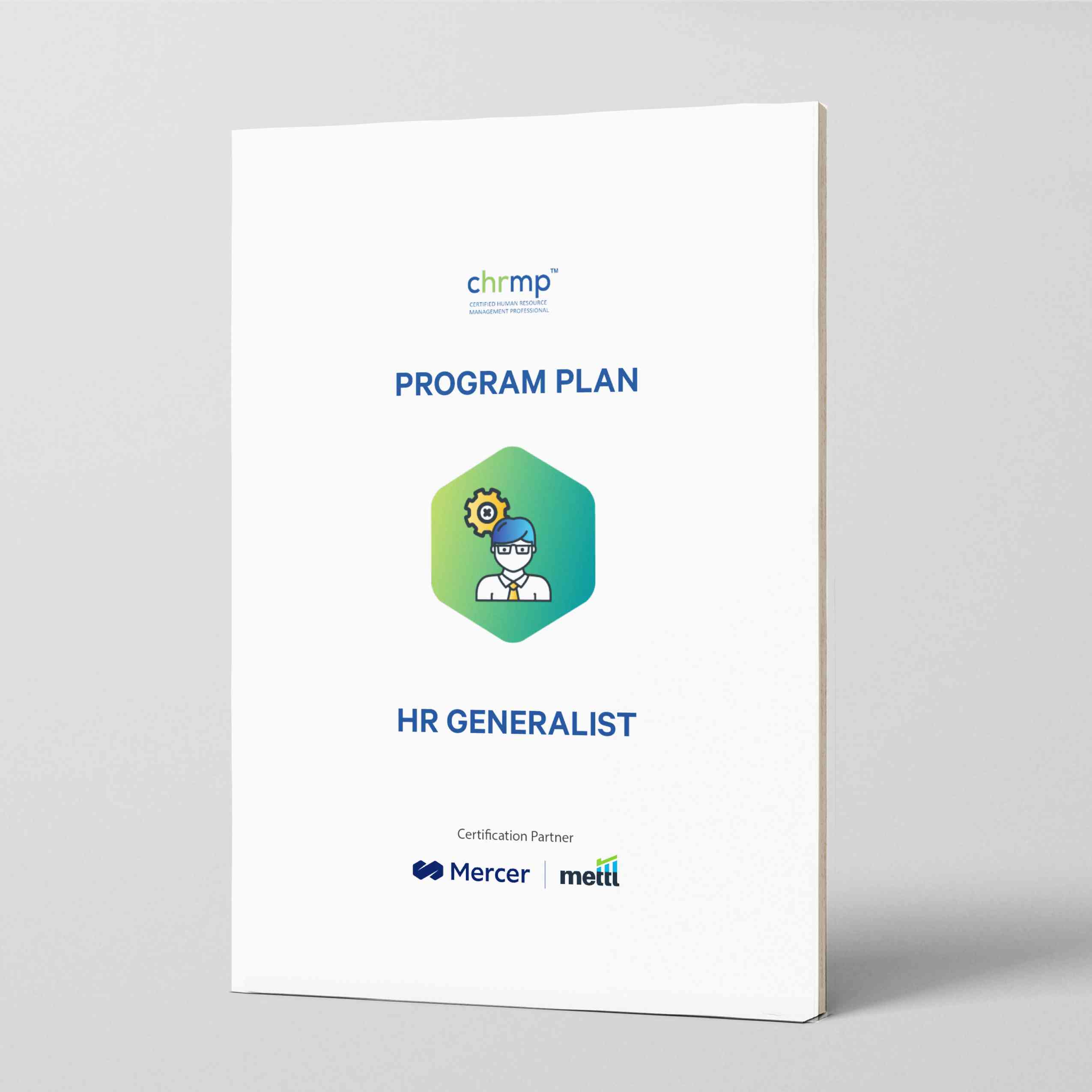

Classifying your employees is one of the most important aspects of running an organization. It serves as the basis of several key determining factors like compensation, benefits, legal rights and protection, etc.
However, employee classification is a complex process that requires a thorough understanding of the processes involved.
In this blog, we shall discuss the definition and importance of employee classification, types of employees, exempt vs. non-exempt employees, and much more.
So without further ado, let’s dive right in!
The process of categorizing the members of a company on the basis of their responsibilities, job duties, and other key factors like legal status, compensation, entitlements etc. is known as employee classification.
Employees are classified under several different categories like part-time, full-time, contractual, etc., each with their own terms of employment, working hours, compensation, benefits, etc.
Properly classifying employees is crucial for a number of reasons including compliance, efficiency, etc. Misclassifying employees can result in severe consequences including penalties, fines, or even legal action from employees seeking back pay, etc.
There are several reasons to properly classify the employees in your company including legal and financial reasons.
Here are some of the reasons why employee classification is essential:
1. Legal Compliance
There are various federal and state laws that govern how employees must be classified and what rights and benefits they are entitled to based on their classification. Failing to properly classify employees can result in legal action, including penalties, fines, and lawsuits.
2. Business Efficiency
Proper employee classification can help businesses manage their resources more efficiently by ensuring that they are only paying for the labor they actually need. For example, hiring independent contractors for short-term projects may be more cost-effective than hiring full-time employees.
3. Employee Protections
Employee classification determines what rights and protections employees are entitled to, such as minimum wage, overtime pay, worker’s compensation, and unemployment benefits. Proper classification ensures that employees receive the appropriate legal protections and employee benefits they are entitled to.
4. Protecting Company Reputation
Misclassifying employees can damage a business’s reputation and undermine employee morale. Employees who feel that they are being treated unfairly may be more likely to leave or speak negatively about the company to others.
5. Tax Obligations
Employers have different tax obligations depending on how their workers are classified. Misclassifying employees can result in unpaid taxes, penalties, and audits from tax authorities.
In summary, properly classifying employees is important for legal compliance, protecting employee rights, efficient resource management, meeting tax obligations, and maintaining a positive reputation. It is crucial for businesses to understand the criteria for employee classification and ensure that they are complying with relevant laws and regulations.
Employees are classified under several categories including:
1. Full Time Employees
Full-time employees typically work a set number of hours per week, usually 30 or more. They are entitled to benefits such as health insurance, retirement plans, and paid time off. Full-time employees are often considered to be the backbone of a company’s workforce.
2. Part Time Employees
Part-time employees work fewer than 30 hours per week and may or may not be eligible for benefits depending on their employer’s policies. They are often used to fill in gaps in a company’s workforce, such as during busy seasons or when full-time employees are on leave.
3. Seasonal Employees
Seasonal employees are hired to work during specific seasons, such as the holiday season or summer months. They are often used in industries such as retail, hospitality, and tourism.
4. Temporary Employees
Temporary employees are hired for a limited period of time, often to help with short-term projects or to cover for absent employees. They may be classified as full-time or part-time employees, depending on the hours they work.
5. Interns
Interns are typically students or recent graduates who work for a company for a fixed period of time to gain work experience in their field. They may be paid or unpaid and are not considered employees in the traditional sense.
6. Independent Contractors
Independent contractors, also known as freelancers or self-employed individuals, are not employees at all but are engaged by a business to perform specific services or tasks on a contract basis. They are responsible for paying their own taxes, and they are not entitled to the same benefits as employees.
Exempt and non-exempt are two types of employee classifications that define minimum wage, overtime pay, and other labor standards.
Exempt employees are typically salaried employees who are exempt from overtime pay requirements. This means that they are not entitled to receive overtime pay for hours worked beyond 40 hours per week. Exempt employees are also exempt from certain labor standards such as minimum wage and meal and rest break requirements. Exempt employees are typically executive, administrative, or professional employees who meet specific FLSA criteria, such as being paid a minimum salary of $684 per week (as of 2021) and performing certain job duties that involve decision-making or management.
Non-exempt employees, on the other hand, are entitled to receive overtime pay for hours worked beyond 40 hours per week. They are also entitled to minimum wage and meal and rest break requirements. Non-exempt employees are typically hourly employees who perform non-managerial or non-professional job duties.
It is important for businesses to properly classify their employees as exempt or non-exempt to ensure legal compliance with FLSA requirements. Misclassifying employees can result in costly penalties, fines, and legal action. Additionally, employers must keep accurate records of hours worked by non-exempt employees and pay them at least the federal or state minimum wage and overtime pay as required by law.
Contingent workers, also referred to as temporary, contract, or freelance workers, are individuals employed by organizations on a non-permanent basis. They serve to fulfill short-term needs or specific projects, with their employment duration ranging from weeks to years.
Contingent workers offer flexibility to organizations, allowing them to adjust their workforce according to changing demands or workload fluctuations. These workers often have specialized skills or expertise in particular areas, making them valuable for specific tasks or projects.
They may be hired through staffing agencies, work as independent contractors, or be part of the gig economy.
Compensation structures for contingent workers vary, including hourly rates, project-based fees, or fixed contract amounts, with benefits like health insurance and paid time off differing or being limited. Some contingent workers operate as self-employed individuals, assuming responsibilities for taxes, insurance, and other aspects of their employment.
The use of contingent workers has been on the rise as organizations seek workforce flexibility, and individuals explore alternative work arrangements. Labor laws and regulations pertaining to contingent workers can differ across jurisdictions, impacting their rights, protections, and benefits.
Independent contractors and remote workers are both forms of non-traditional employment arrangements, but they differ in terms of their legal status, working relationship, and level of flexibility. Here’s a comparison between independent contractors and remote workers:
Independent Contractors:
Remote Workers:
It’s important to note that the classification of a worker as an independent contractor or remote worker can have legal and tax implications, which may vary based on the jurisdiction and specific circumstances. Consulting legal and accounting professionals can provide guidance on proper classification and compliance with applicable laws and regulations.
An employee classification policy defines the different categories or classifications of employees within an organization based on factors such as job roles, responsibilities, and employment status. It helps ensure clarity and consistency in how employees are classified and treated. Here are some key components to include in an employee classification policy:
1. What criteria are used to determine whether an employee is exempt or non-exempt?
To be considered exempt from overtime pay requirements, an employee must meet certain criteria established by the Fair Labor Standards Act (FLSA). These criteria include being paid a minimum salary of $684 per week (as of 2021), performing certain job duties that involve decision-making or management, and working in certain industries. Non-exempt employees are typically hourly employees who perform non-managerial or non-professional job duties.
2. Can an employer reclassify an employee from exempt to non-exempt or vice versa?
Yes, an employer can reclassify an employee from exempt to non-exempt or vice versa as long as the change is made in compliance with FLSA requirements. However, reclassification can have significant implications for the employee’s pay and benefits, so it is important for employers to carefully consider the decision and communicate any changes clearly to affected employees.
3. Can an independent contractor also be considered an employee?
No, an independent contractor is not considered an employee under the law. Independent contractors are engaged by a business to perform specific services or tasks on a contract basis, and they are responsible for paying their own taxes. However, misclassifying an employee as an independent contractor can result in costly penalties, fines, and legal action.
4. What are the risks of misclassifying employees?
Misclassifying employees can result in legal action, including penalties, fines, and lawsuits. It can also damage a business’s reputation and undermine employee morale. Additionally, employers may face tax penalties and audits if they misclassify employees and fail to pay the appropriate taxes.
5. How can an employer ensure proper employee classification?
Employers can ensure proper employee classification by reviewing and understanding relevant federal and state laws and regulations, accurately documenting job duties and responsibilities, and consulting with legal or HR professionals when necessary. Additionally, employers should communicate with employees clearly about their job classification and any changes that may occur.
In conclusion, employee classification is an important aspect of employment law that helps employers comply with federal and state labor standards, protect employee rights, and manage resources effectively.
Properly classifying employees as exempt or non-exempt, full-time or part-time, and temporary or permanent can help businesses avoid costly penalties, fines, and legal action.
It is important for employers to review and understand relevant laws and regulations, accurately document job duties and responsibilities, and consult with legal or HR professionals when necessary.
By ensuring proper employee classification, businesses can create a fair and productive work environment that benefits both employees and employers.
© 2007-2025 CHRMP| All Rights Reserved | Powered by Ripples Learning & Research Private Limited

Fill in the below details to get a CHRMP HR Generalist Program Plan.
